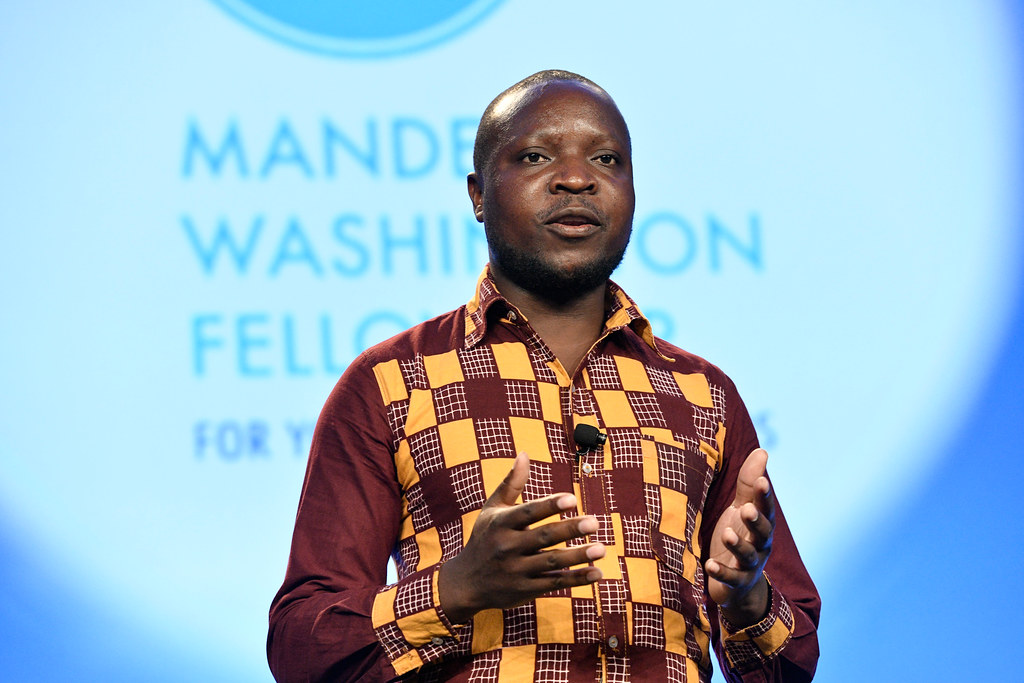In the early 2000s, a quiet but powerful story was taking shape in the heart of Malawi, one of Africa’s poorest nations. A young boy named William Kamkwamba, only 14 years old at the time, was watching his community suffer from a brutal drought. Crops were failing. Families were starving. And there was no electricity in his rural village.
While others saw only hopelessness, William saw possibility. He had an idea one that would seem outrageous to most of the people around him. He wanted to build a windmill that could generate electricity and pump water for his family’s farm.
There was just one problem. He had no money, no formal training, and no access to proper materials. But what he lacked in resources, he made up for in determination and vision.
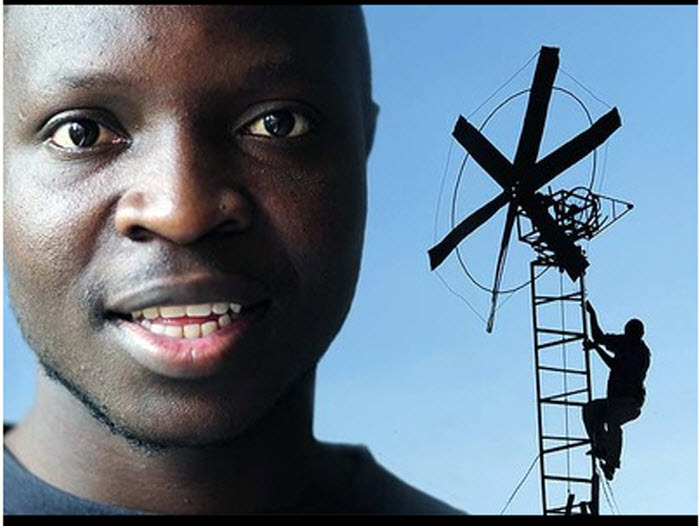
Teaching Himself the Power of the Wind
William had been forced to drop out of school because his family couldn’t afford the tuition. But he didn’t let that stop his education. Determined to keep learning, he began spending time at a small library funded by an American NGO.
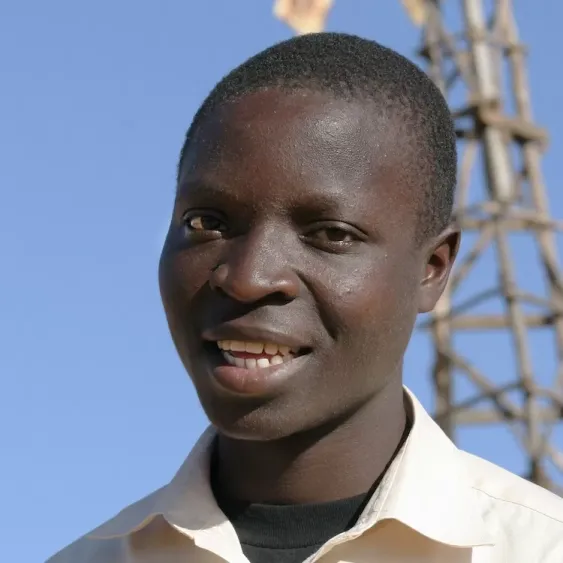
Although he couldn’t read English fluently, he studied the illustrations in a science book called “Using Energy”. One image in particular of a simple wind turbine sparked his imagination. William knew then what he wanted to build. He would bring power to his village using the wind.
With no real tools, no blueprint, and only a vague understanding of physics, he began to collect scrap metal, broken bicycle parts, and pieces of wood. Neighbors mocked him. Some called him crazy. Others thought he was wasting his time.
But he kept building.
Video:
William Kamkwamba: How I built a windmill
When the Lights Finally Came On
After weeks of tinkering, failing, and trying again, William managed to erect a tall wooden tower behind his family’s home. At the top, a homemade turbine spun in the wind. Then something remarkable happened the lights flickered on.
Using parts from an old bicycle and a small dynamo, William generated enough electricity to power four light bulbs and a radio. He later modified his windmill to pump water, helping his family irrigate their crops and survive the drought.
The villagers who once laughed were now stunned. For the first time, electricity had come to this small corner of Malawi not from the government, not from a foreign aid organization, but from a teenage boy who refused to give up on his dream.
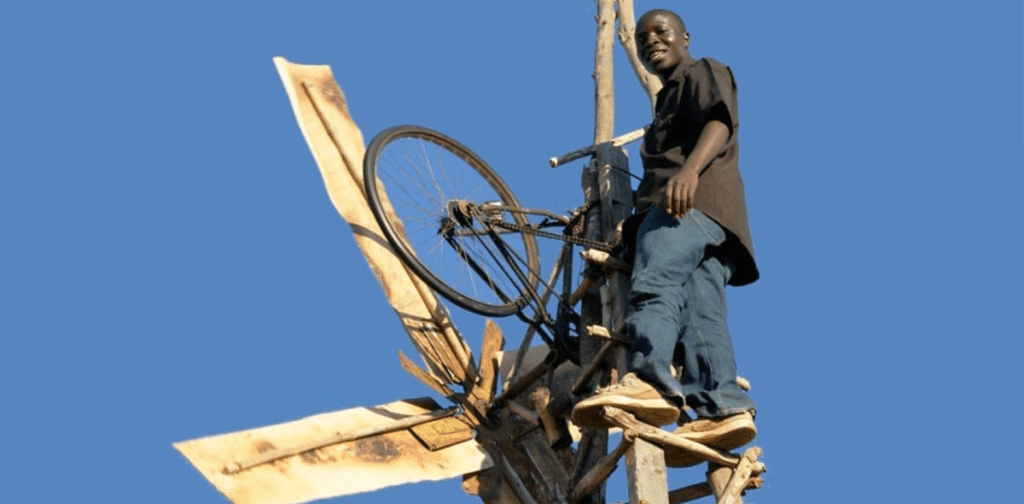
A Story That Inspired the World
News of William’s invention began to spread. Journalists picked up the story. Then came invitations to speak abroad. In 2007, William gave a TED Talk that captivated viewers around the world. He told his story in a soft, humble voice: “I tried, and I made it.”
In the years that followed, William went on to receive an education at the African Leadership Academy and later graduated from Dartmouth College in the United States. He co-wrote a memoir titled “The Boy Who Harnessed the Wind,” which became a bestseller and was adapted into a Netflix film in 2019, directed by and starring Chiwetel Ejiofor.
Video:
Moving Windmills: The William Kamkwamba story
Changing Lives Across Africa
Today, William Kamkwamba is no longer just the boy who built a windmill. He is an engineer, innovator, and global advocate for education and renewable energy. Through his foundation and partnerships, he works to bring solar power, clean water, and education to rural communities across Africa.
His message remains simple but powerful: with education, creativity, and persistence, even the most unlikely person can change the world.
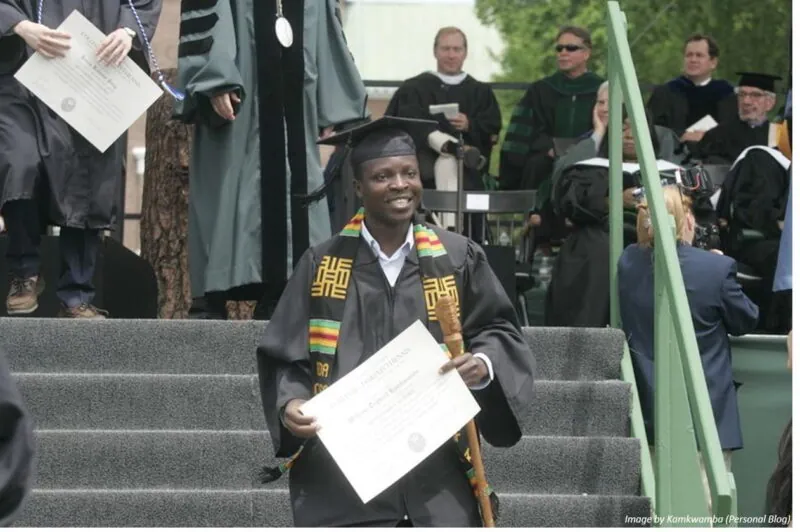
Conclusion: A Beacon of Hope from Scrap Metal
William Kamkwamba’s story is not just about science or engineering. It’s about resilience, imagination, and belief. He reminds us that true innovation often comes not from wealth or privilege, but from necessity and courage.
In a world filled with challenges from climate change to poverty William’s windmill stands as a symbol of what’s possible when you believe in your own potential, no matter how many people laugh.
Because sometimes, when you dare to dream, the lights come on for everyone.
